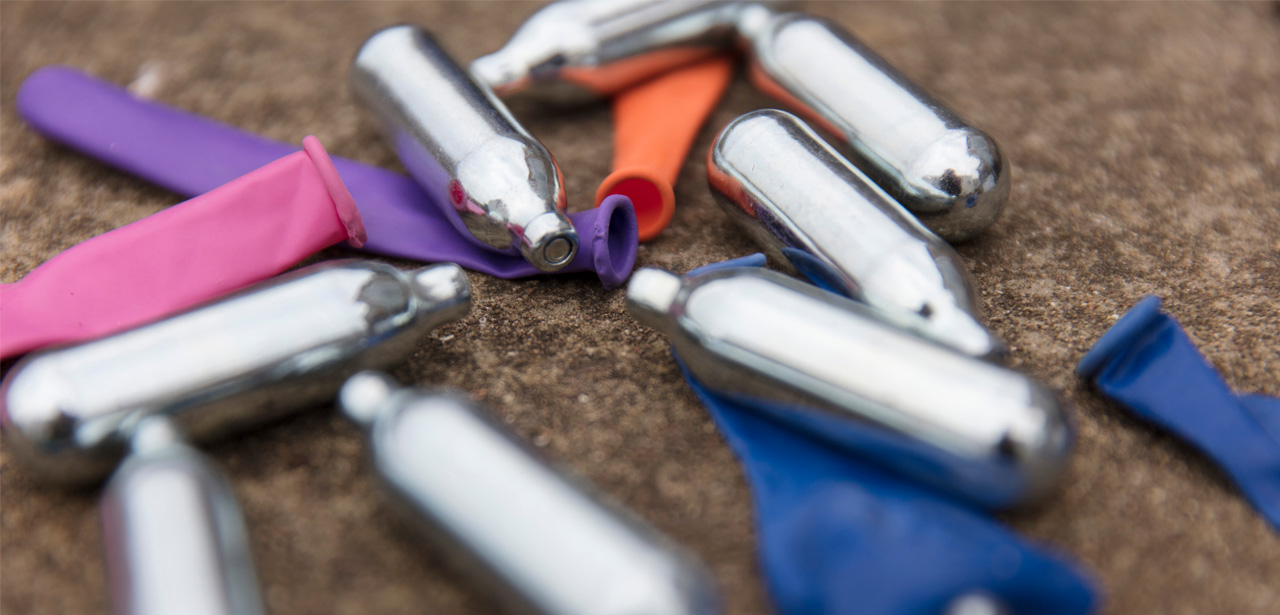Concerns regarding lead (Pb) poisoning in French Guiana first arose in 2011 following the discovery of excessively high levels of the metal amongst children in a small neighborhood without any apparent source of Pb. Since 2012, blood lead level (BLL) measurement has been proposed for all pregnant women in western French Guiana. The aim of this study was to determine BLL in pregnant women in this region and identify factors associated with elevated BLL. An observational study of a consecutive sample of women who delivered in the maternity ward of the hospital was conducted. Risk factors were investigated using a questionnaire administered postdelivery by midwives (N = 531). Approximately 25 and 5% of women displayed BLL of e50 Œg/L and e100 "g/L, respectively. The geometric mean was 32.6 Œg/L. Factors that were significantly associated with an elevated BLL after modeling (multivariate linear regression) included place of residence along the Maroni river, low level of education, daily consumption of manioc derivatives, weekly and daily consumption or personal preparation of manioc flour during pregnancy, and weekly consumption of wild game. This study provides insight into the regional and social disparities in BLL in French Guiana and potential sources of exposure. Evidence indicates that foods that are primarily produced and consumed in the Guiana Shield significantly affect BLL levels. Taken together with existing data, our results demonstrate that specific actions in terms of prevention, screening, and care are required to be adapted and put into place in order to reduce exposure.
Auteur : Rimbaud D, Restrepo M, Louison A, Boukhari R, Ardillon V, Carles G, Lambert V, Jolivet A
Journal of toxicology and environmental health. Part A, 2017, vol. 80, n°. 6, p. 382-93


